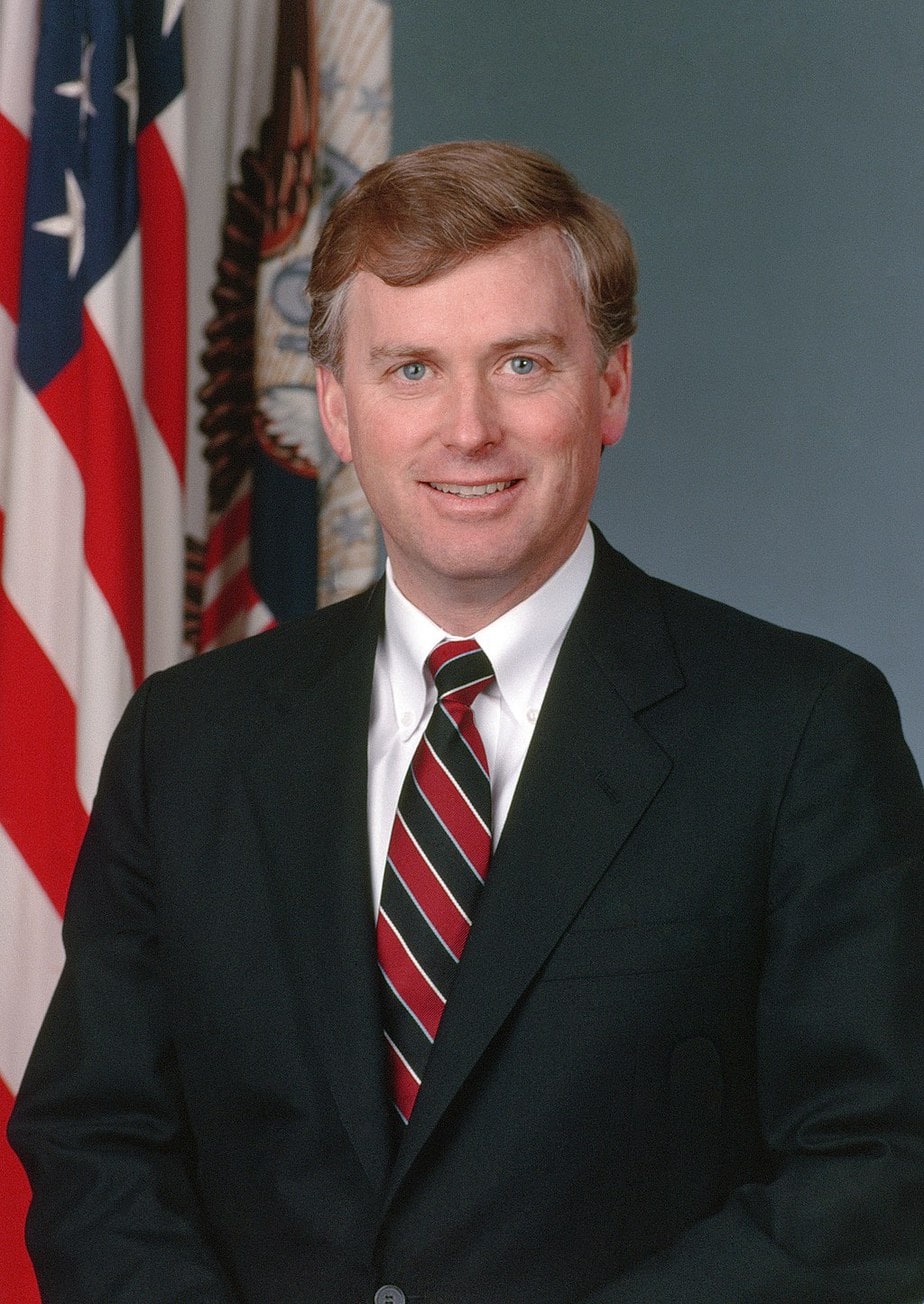The question "Who is the youngest vice president?" has intrigued many history enthusiasts and political observers alike. Understanding this milestone in American politics sheds light on the evolving dynamics of leadership and the qualifications required for such a high office. This article dives deep into the life, career, and legacy of the youngest vice president in U.S. history.
As we explore the fascinating journey of the youngest vice president, it is essential to analyze the factors that contributed to their rise to power and the impact they had during their tenure. This article will provide a detailed overview of their background, key accomplishments, and the historical significance of their role.
By examining the biographical details, political achievements, and challenges faced by the youngest vice president, readers will gain a comprehensive understanding of what it takes to hold one of the most influential positions in American governance. Let's delve into the details and uncover the story behind this remarkable individual.
Read also:Joycelyn Wade
Table of Contents
- Biography of the Youngest Vice President
- Historical Context of the Vice Presidency
- Early Life and Education
- Political Career and Rise to Power
- Key Accomplishments as Vice President
- Challenges Faced During Tenure
- Legacy and Impact
- Comparison with Other Young Leaders
- Statistical Insights and Records
- Conclusion and Final Thoughts
Biography of the Youngest Vice President
The youngest vice president in U.S. history is none other than John C. Calhoun, who assumed office at the age of 48. While he was not the youngest ever to serve in the role, the title is currently held by Kamala Harris, who became the first female vice president at the age of 56. However, the youngest vice president ever elected was John C. Breckinridge, who took office at the age of 36 in 1857.
To better understand Breckinridge's life, we present a summary of his key biographical details below:
Biographical Details of John C. Breckinridge
| Full Name | John Cabell Breckinridge |
|---|---|
| Date of Birth | January 16, 1821 |
| Place of Birth | Lexington, Kentucky |
| Education | Centre College, Transylvania University |
| Profession | Politician, Lawyer, Military Officer |
| Term as Vice President | 1857–1861 |
Historical Context of the Vice Presidency
The office of the vice president has evolved significantly since its inception. Initially viewed as a ceremonial role, it has grown into a position of immense responsibility and influence. Understanding the historical context of the vice presidency helps shed light on the significance of having a young leader in this role.
During the 19th century, the United States faced numerous challenges, including sectionalism, slavery, and economic disparities. The appointment of a younger vice president like Breckinridge reflected the nation's need for fresh perspectives and dynamic leadership.
Early Life and Education
John C. Breckinridge was born into a prominent political family in Kentucky. His grandfather, John Breckinridge, served as U.S. Attorney General under President Thomas Jefferson. Growing up in a politically charged environment, Breckinridge was exposed to the intricacies of governance from an early age.
He pursued higher education at Centre College and later studied law at Transylvania University. His academic achievements laid the foundation for a successful career in public service.
Read also:Patton Schad Obituaries
Political Career and Rise to Power
Key Political Milestones
Breckinridge's political career began with his election to the Kentucky House of Representatives in 1849. His charisma and oratory skills quickly earned him a reputation as a formidable politician. In 1851, he was elected to the U.S. House of Representatives, where he championed states' rights and opposed the expansion of slavery.
- 1849: Elected to the Kentucky House of Representatives
- 1851: Elected to the U.S. House of Representatives
- 1856: Nominated as the Democratic candidate for vice president
- 1857: Sworn in as the youngest vice president in U.S. history
Key Accomplishments as Vice President
During his tenure as vice president, Breckinridge played a pivotal role in presiding over the Senate and maintaining neutrality amidst growing tensions between the North and South. His efforts to mediate disputes and promote compromise earned him respect from both sides of the political spectrum.
In addition to his duties as presiding officer, Breckinridge worked closely with President James Buchanan to address the nation's pressing issues. His commitment to public service and dedication to the principles of democracy remain noteworthy achievements.
Challenges Faced During Tenure
Despite his accomplishments, Breckinridge faced significant challenges during his time in office. The nation was on the brink of civil war, and sectional divisions threatened to tear the Union apart. As vice president, he struggled to balance his loyalty to his home state of Kentucky with his responsibilities to the federal government.
His decision to join the Confederate Army after the outbreak of the Civil War remains a controversial aspect of his legacy. While some view him as a traitor, others argue that he acted out of loyalty to his state and its people.
Legacy and Impact
John C. Breckinridge's legacy as the youngest vice president is a testament to the potential of young leaders to make a lasting impact on the nation. His tenure highlighted the importance of diversity in leadership and the need for fresh perspectives in governance.
Today, his story serves as an inspiration to aspiring politicians and a reminder of the complexities of leadership during times of crisis. By examining his life and career, we gain valuable insights into the evolution of the vice presidency and the challenges faced by those who hold this office.
Comparison with Other Young Leaders
When compared to other young leaders in American history, Breckinridge stands out for his early entry into national politics. While figures like Theodore Roosevelt and John F. Kennedy achieved prominence at a young age, Breckinridge's election as vice president at 36 remains a unique achievement.
His ability to navigate the complex political landscape of the mid-19th century demonstrates the qualities required for effective leadership. By studying his example, we can better understand the attributes that define successful young leaders in any era.
Statistical Insights and Records
According to historical records, John C. Breckinridge holds the distinction of being the youngest vice president ever elected. This record has stood for over 160 years, highlighting the rarity of such an achievement.
Data from the U.S. Senate Historical Office indicates that the average age of vice presidents at the time of their election is 53. Breckinridge's election at 36 represents a significant deviation from this norm, underscoring the unique nature of his accomplishment.
Conclusion and Final Thoughts
In conclusion, the question "Who is the youngest vice president?" leads us to the remarkable story of John C. Breckinridge, a young leader who made history at the age of 36. His life and career offer valuable lessons about the qualities required for effective leadership and the challenges faced by those who hold high office.
We encourage readers to engage with this article by leaving comments, sharing it with others, or exploring related content on our website. By continuing to explore the rich history of American politics, we can gain a deeper understanding of the individuals who have shaped our nation's destiny.


